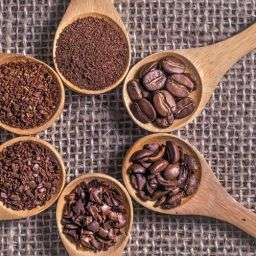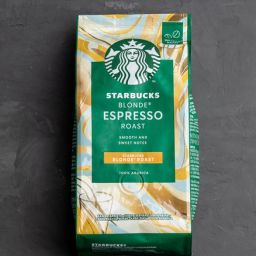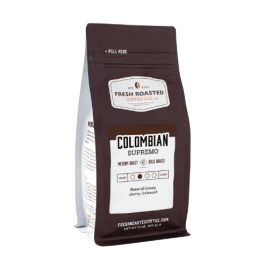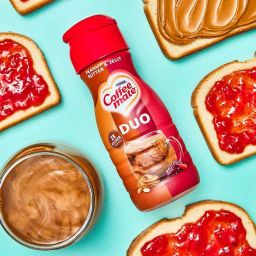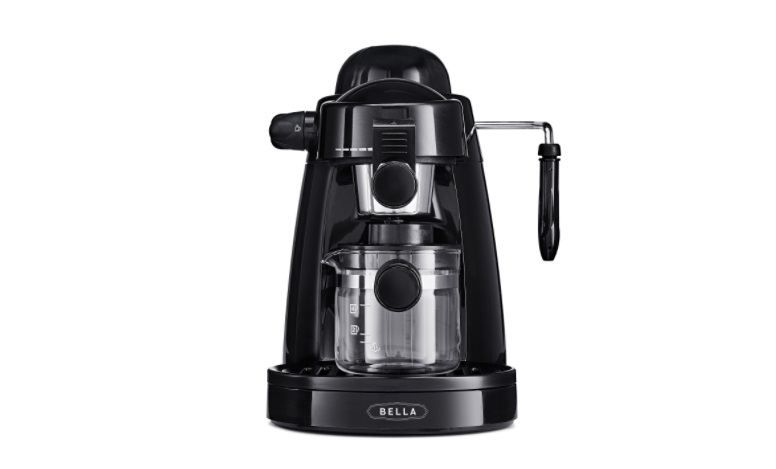
In a world where high-tech gadgets dominate our kitchens, the old-fashioned drip coffee maker stands out with its timeless charm. These classic devices, often cherished for their simplicity and retro appeal, continue to hold a special place in the hearts of coffee enthusiasts. Unlike modern machines, which boast digital interfaces and programmable features, old-fashioned drip coffee makers celebrate the art of manual coffee making.
They invite users to partake in a brewing process that’s both hands-on and deeply satisfying, providing a link to the past that modern technology often overlooks.
Key Features of Old Fashioned Drip Coffee Makers
- Manual Operation Enhances Flavor Control: One of the standout features of traditional drip coffee makers is the manual operation. You pour hot water over coffee grounds yourself, controlling the water flow and saturation. This hands-on approach allows for fine-tuning the brewing process, leading to a more personalized flavor profile.
- Durable Design: Typically crafted from materials like stainless steel, glass, or even ceramic, old-fashioned coffee makers are built to last. Their sturdy construction not only withstands the test of time but also often becomes more aesthetically appealing as it ages.
- Unique Elements: Many vintage coffee makers include elements that add both function and charm. Features like stovetop compatibility mean you can heat water directly on the stove, while built-in steam wands on some models allow for frothing milk to make espresso drinks. These unique features enhance the versatility and appeal of old-fashioned drip coffee makers, making them beloved by both traditionalists and modern coffee lovers alike.
How to Use an Old Fashioned Drip Coffee Maker
To begin your journey with an old-fashioned drip coffee maker, start by selecting high-quality coffee beans. Opt for beans that suit your flavor preferences—whether that’s a bright, acidic blend or a deep, earthy roast. Once you have your beans, grind them to a medium consistency, akin to granulated sugar. This size is ideal for allowing water to extract the coffee’s flavors effectively.
Set up your coffee maker by placing a filter in the basket. If you’re using a method that includes adding eggshells, now is the time. The eggshells help reduce the bitterness in the coffee by neutralizing some of the acidity. Just clean and crush the shells, then mix them with your ground coffee before brewing.
Brewing Process
Boil water and allow it to cool for about 30 seconds to reach the optimal temperature of around 200°F. Begin by pouring a small amount of water over the grounds to “bloom” them—this releases any excess gases and helps enhance the flavor. After about 30 seconds, continue pouring the water slowly in a circular motion to ensure even saturation.
This gradual addition of water helps extract the most flavor from the coffee grounds. Once done, let the coffee finish dripping, then remove the filter and enjoy your brew.
Flavor and Quality
Using an old-fashioned drip coffee maker allows for a level of flavor control that modern machines often can’t match. By adjusting the grind size, water temperature, and pouring technique, you can extract different flavor profiles from the same coffee, making each brew unique. This manual method often results in a richer, more complex cup of coffee that highlights the distinctive characteristics of the coffee beans.
Aesthetic and Emotional Appeal
There’s something undeniably appealing about the ritual and aesthetics of using an old-fashioned drip coffee maker. These devices often feature elegant designs and materials that add a touch of nostalgia to your kitchen decor.
Beyond just making coffee, they connect us to a slower pace of life, where the process is just as important as the product. For many, the act of brewing coffee manually is a meditative practice that starts the day with intention and grace.
Factors to Consider
When selecting an old-fashioned drip coffee maker, consider the material first. Options typically include glass, stainless steel, and ceramic. Each material affects the taste and heat retention differently, with glass allowing you to watch the brewing process, stainless steel being very durable, and ceramic retaining heat well. Size is another critical factor—consider how much coffee you typically consume and whether you entertain often.
Ease of cleaning is crucial; simpler designs are easier to maintain. Finally, examine specific features such as the type of filter—metal, cloth, or paper—and the design of the reservoir, which can affect the ease of pouring and filling.
Top Models Overview
The Primula Today Stove Top Percolator is perfect for those who appreciate the tactile pleasure of manually brewing their coffee. It’s durable, easy to use, and portable, making it ideal for outdoor adventures as well as home use. The Bella Personal Espresso Maker, on the other hand, offers a compact design with a built-in steam wand, perfect for espresso lovers looking to make cappuccinos and lattes at home. Both models offer a unique blend of traditional brewing techniques with a touch of modern convenience.
Cleaning and Storage
Keeping your old-fashioned drip coffee maker clean ensures not only the longevity of the appliance but also the quality of each cup of coffee. Regular cleaning involves disassembling any removable parts and washing them with warm, soapy water.
For decalcifying, use a mixture of water and vinegar to run through the system. This helps remove any mineral build-up. Always dry all parts thoroughly before reassembling to avoid mold and off-flavors.
Troubleshooting Common Issues
Common issues might include inconsistent brew strength, which can usually be fixed by adjusting the grind size or the coffee-to-water ratio. If your coffee maker isn’t dripping properly, check for clogs in the filter or the water inlet. Sometimes, just rinsing the filter or using a different type can resolve this issue. For leaks, ensure all components are correctly aligned and tightly secured.
Regular maintenance and understanding your coffee maker’s specific needs can solve most problems and enhance your brewing experience.
FAQs
How much coffee do I use for a 4-cup brew?
For a 4-cup brew in an old-fashioned drip coffee maker, you’ll want to use about 36 grams of coffee. This equates to about 4 level scoops or 8 level tablespoons of coffee grounds. Adjusting the amount slightly can increase or decrease the strength of the brew depending on your preference.
What’s the difference between pour-over and drip coffee?
The main difference between pour-over and drip coffee lies in the brewing process. Pour-over involves manually pouring hot water over coffee grounds, giving you control over the water temperature and brewing time. Drip coffee makers automate this process, usually resulting in a consistent and convenient brew but with less control over the extraction.
How do you make drip coffee taste better?
To enhance the flavor of your drip coffee:
- Use fresh, high-quality coffee beans and grind them just before brewing.
- Ensure the water is the right temperature (about 200°F or just off the boil).
- Experiment with the coffee-to-water ratio to find the strength that suits your taste best.
- Keep your coffee maker clean, as residual oils and build-up can affect the taste.
Why do some old recipes recommend putting eggshells in coffee?
Adding eggshells to coffee grounds is an old trick to reduce bitterness. The alkaline properties of the eggshells help neutralize the acidity of the coffee, leading to a smoother cup. This method is particularly useful when using robust, acidic beans.
Final Thoughts
Old-fashioned drip coffee makers offer a unique blend of nostalgia, aesthetic appeal, and manual control over the brewing process, which can enhance the overall coffee experience. These machines invite users to slow down and savor the brewing process, turning coffee-making into a more meditative and enjoyable ritual.
- Pair the coffee maker with high-quality beans to maximize flavor.
- Take the time to learn and master the manual brewing process—each step can be adjusted to suit your taste.
- Treat the coffee maker not just as a tool, but as a part of your kitchen decor, celebrating its design and history.
Embracing these vintage machines can make your coffee routine a more thoughtful and satisfying part of your day.






